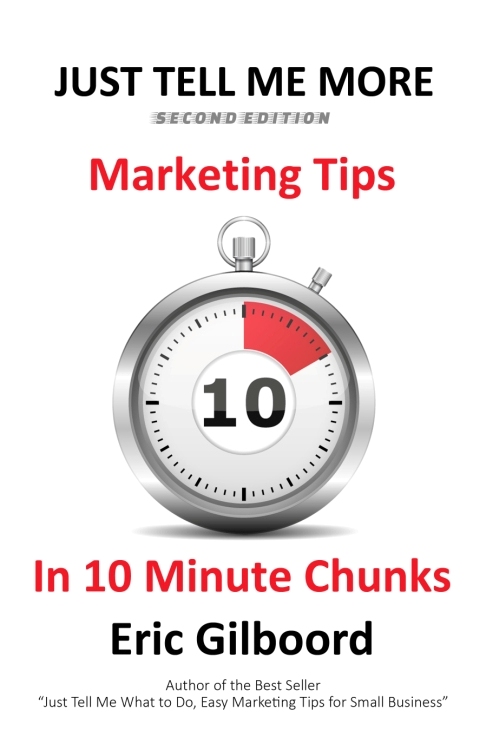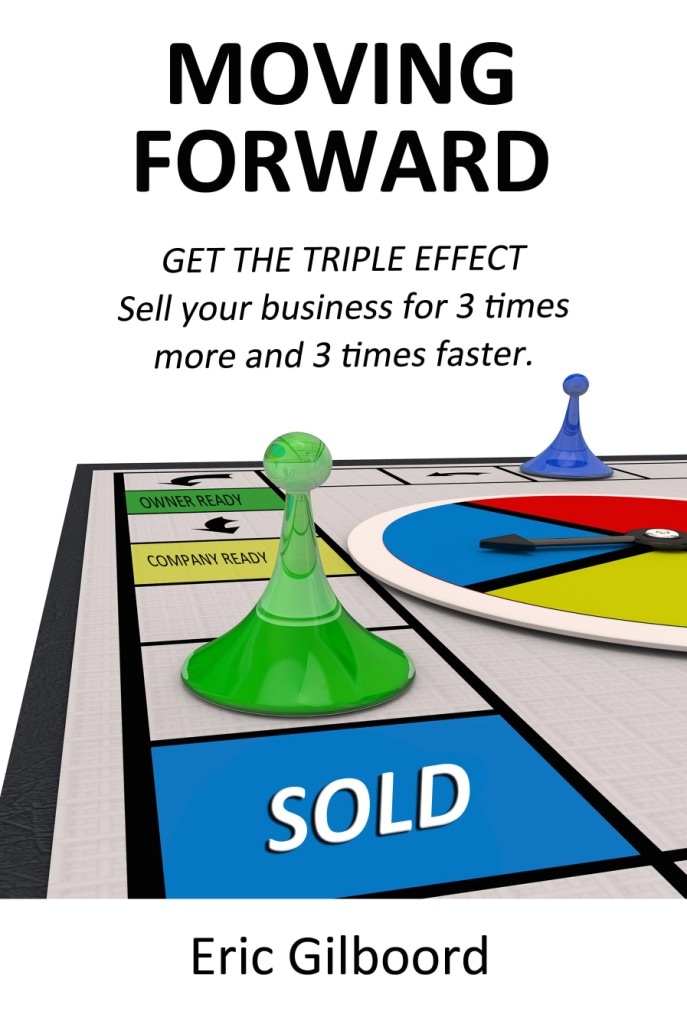Not every Buyer is right for you and your company. In fact way more are wrong than right.
Work with M&A consulting firms, specialists who provide coaching for business owners, family business coaching, a financial advisor business coach, sale advisor or a professional in business value consulting to determine the most appropriate buyers for your business.
A good provider of family business coaching and consulting, a trusted business advisor will be integral in helping you work thru the variety of potential Buyers you will come across in your steps to selling a business.
1. Strategic Buyers
These tend to be companies growing via acquisition. They search for purchase targets aligned with their own offerings or providing complementary products and services.
Compatible culture and cost savings derived from being able to eliminate business function overlaps are viewed as bonuses. Sometimes this comes at a cost to you as redundant staff are at high risk of being let go. On the other hand superior staff could find themselves with better positions in the new merged company.
Your entire corporate identity can end up disappearing as the new owners absorb you completely into their world.
These buyers are typically other companies within your industry or related sectors. They seek to acquire businesses that align with their long-term strategic goals, such as expanding their market reach, diversifying their product/service offerings, or gaining a competitive advantage.
So if you're looking for an exit, where the future of your company, its' identity, as you created it, and your staff is a key concern you may want to avoid the Strategic Buyer.
2. Private Equity
Typically an investment vehicle for institutional investors or high net-worth individuals. Limited Partners invest their money into funds that General Partners of the firm use to buy companies. Usually targeting businesses within a specific industry.
The firms' executives ideally maximize the growth of the companies, in their portfolio, over a five to seven year period. Then they move to your side of the desk selling the business(s), earning a return for the investors and themselves.
Private Equity executives contribute financial resources and corporate experience to help take your company to the next level. Sometimes this includes retaining you the owner /operator over an extended period of time beyond a traditional 18-36 month transition. Assuming you all get along, the new owners will benefit greatly from your years of experience, expertise, employee, vendor, and customer relationships.
This is a two way street if you’d prefer to retain a piece of your equity stake. Selling to a PE firm could prove to be the way you drive your business to its full potential and share financially in the success. They will more than likely make changes you don't agree with as they are usually looking to maximize the profits over the short term.
Additional owners equal more decision makers. Quite different from running your own business the way you want to. Board members can get in the way of innovative ideas. They can also help to avoid bad ones and bring good ones. They will likely be fixated on the bottom line.
3. Family Offices
While resembling private equity groups in some ways, they differ in other characteristics. Family offices invest the wealth of a single family. Often, but not always, focused on the industry where they made their fortune. The top priority is to make sure the wealth continues to grow over many future generations. They also understand the dynamic of a family run business, with all its' added challenges. In some cases they can bring solutions.
It's often the case where, over the years, less and less family members actually participate in the businesses they own. Compared with private equity firms, family offices usually hold less risky portfolios, investing over longer periods of time.
As with most high net worth people, family offices can operate well below the radar and be difficult to identify or reach. Introductions by mutual friends and business associates tend to be the communication method of the day. Mostly investing with cash not debt, they offer sale prices usually lower than other Buyers.
If you're fortunate you could sell to a family from within your own industry. The bonus of their connections, experience, industry guidance and financial assistance might help propel your business to incredible new heights. Beyond what you ever imagined. Or you simply cash out.
4. Competitors
Competitors seeking to expand their market share or eliminate competition often consider acquiring other businesses as a strategic move. Selling your business to a competitor can result in various advantages and opportunities. Firstly, such a transaction can create synergies by combining complementary resources, expertise, and customer bases. By joining forces, the merged entity can benefit from increased market penetration and a wider product/service portfolio. Additionally, cost savings may be realized through the elimination of duplicate operations, streamlining of processes, and shared resources.
Selling to a competitor also grants them access to your valuable assets, such as technology, intellectual property, or proprietary systems. This access can enhance their competitive position and enable them to offer a broader range of products or services to their customers. Furthermore, the acquiring competitor may gain valuable insights into your business operations, customer relationships, or market strategies, which can inform their own decision-making and drive growth.
However, it is crucial to approach negotiations with competitors carefully. While the potential benefits are enticing, it's essential to ensure that the transaction is fair, mutually beneficial, and aligned with your goals and values. Engaging professional advisors, such as business brokers or M&A specialists, can help navigate the complexities of such deals, ensuring that your interests are protected throughout the process.
Selling your business to a competitor can be a strategic move that not only offers financial gains but also opens doors to new opportunities and growth potential. Careful consideration, thorough due diligence, and expert guidance are key to maximizing the benefits and successfully closing a deal that is favorable for all parties involved.
5. Holding Company, Buy and Hold
Sometimes called shell companies, exist to buy and own other companies. They don't operate, produce or sell any products or services. Instead, they generate revenue from the profits of the businesses they have an investment in or own outright. While everyone points to Warren Buffet as the classic example, there are many holding companies operating with interests in specific industries. Berkshire Hathaway has interests in a myriad of often disassociated companies.
Holding companies typically prefer a controlling interest in the companies they invest in or they simply own outright. They often have a hands off relationship. If you continue to be successful, that is. If you fit their criteria and pass the strict financial and management success standards it can be a good way to cash out.
As with PE firms, additional owners could mean extra decision makers. Could be a benefit or a hindrance.
6. Search Fund
Search funds consist typically of an individual operator or two. They're backed by a group of investors, looking to buy a business and take over running it. Investors don't always have the time to get involved in multiple companies other than on an advisory basis. They do however, have a need to make their money work for them.
So the fund identifies an operator with a desire to run a company, a proven ability and the level of experience to successfully do it. The operators first task is to find an appropriate company to buy. The group then buys your company for the operator, confident they will generate a return. The operator earns shares of the company over time and after reaching agreed upon milestones usually tied into profit.
Typically the operator is committed to a long term relationship with the investors and the acquired company. The company gets an often younger, full time leader and a recharge of energy and ideas. A great way to take your business to the next level. You may get to see some of those ideas you put on the back burner actually realized.
7. Your Employees
You can sell to an outside party or look inside to your employees. Some Owners dream about a Buyer who comes in doesn't change anything and the company continues on as if you were still in charge. If that's your goal you might think an Employee-Stock Ownership Plan (ESOP) is the answer. Just remember there are no guarantees. New folks in charge will always have their own ideas of how things should run.
This methodology can be complicated and not every business has staff that want to accept the responsibility or have the skills necessary to be successful.
You need to bring in a specialist with ESOPs and discuss it openly and honestly with your staff. Just because you think it's a great idea doesn't mean they will.
There are government programs to assist with the process. Rules change by country, state or province. Might be good idea to find a champion within your own organization to do some of the initial leg work. If you can't find anyone to put in the work upfront, perhaps an ESOP is not a viable route for you.
8. Newbie Buyers
Lately I've been receiving calls from new Buyers. That is, a business person looking to buy a company. Traditional retirement isn't how they see their future and buying and running a company is one of the options on their list.
They may never have purchased or run a company before. Their previous experience includes senior management roles, running a department or even running the whole company. However they may not have, in recent years, run an entrepreneurial venture on their own.
In some cases they are looking to buy a job. Franchises used to fill the need. Now these folks are also considering the purchase of a company on the smaller side, often with under $3 million dollars in annual sales. Sometimes the appetite for an acquisition is far grander and they could be hunting for a $ 5-10 million company.
So they begin the long process of fact finding, networking and talking with lots of people about buying a business. The process can take years and be very frustrating. Particularly when they try buying a business directly from the Owner. As we have discussed earlier.
Each newbie Buyer I speak with immediately tells me about the business they tried to buy. How the Seller was difficult to deal with, unreasonable about price and in the end often left the Buyer at the altar. Recurring theme.
Conclusion
Understanding the different types of business buyers is essential when considering the sale of your business. Recognizing their motivations, goals, and potential impact on your company is crucial for a successful transaction. While competitors can bring synergies and cost savings, it's important to approach negotiations carefully and ensure mutual benefits.
Private equity firms offer financial resources and expertise, but they may prioritize short-term profitability. Family offices provide long-term investment potential and understand the dynamics of family-run businesses. Holding companies offer investment opportunities but may have additional decision-makers.
Search funds bring fresh ideas and energy, while selling to employees requires careful consideration and specialist guidance.
Newbie buyers bring enthusiasm but may face challenges in finding the right opportunity. Consulting with professionals in business value consulting and family business coaching can help you navigate the complexities and maximize the benefits of selling your business.
Are you asking yourself how long does it take to sell a business? Or should I sell my business? What are the steps to selling a business and how much do I sell my business for? Do I need a business value consulting professional to calculate value of a company? If you’re looking for tips for selling a business from someone who specializes in family business coaching and consulting, you’ve come to the right blog.
As a trusted business advisor and sale advisor I appreciate the opportunity to share my years of experience working with Owners just like you. In fact you may want to consider our online program Sell Your Business 4 More.








